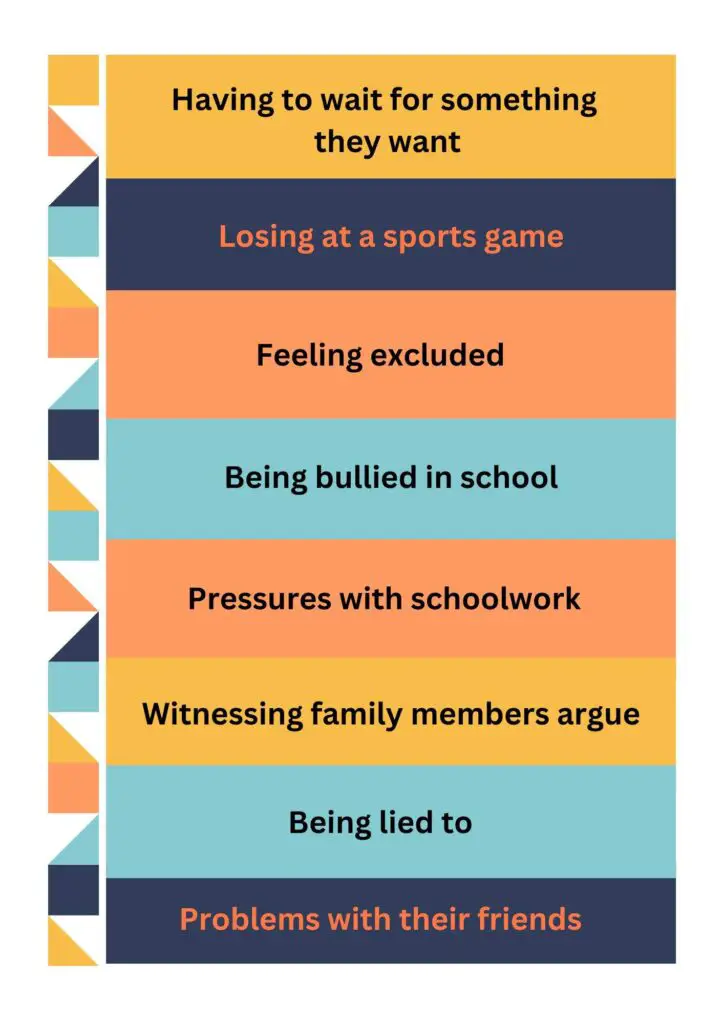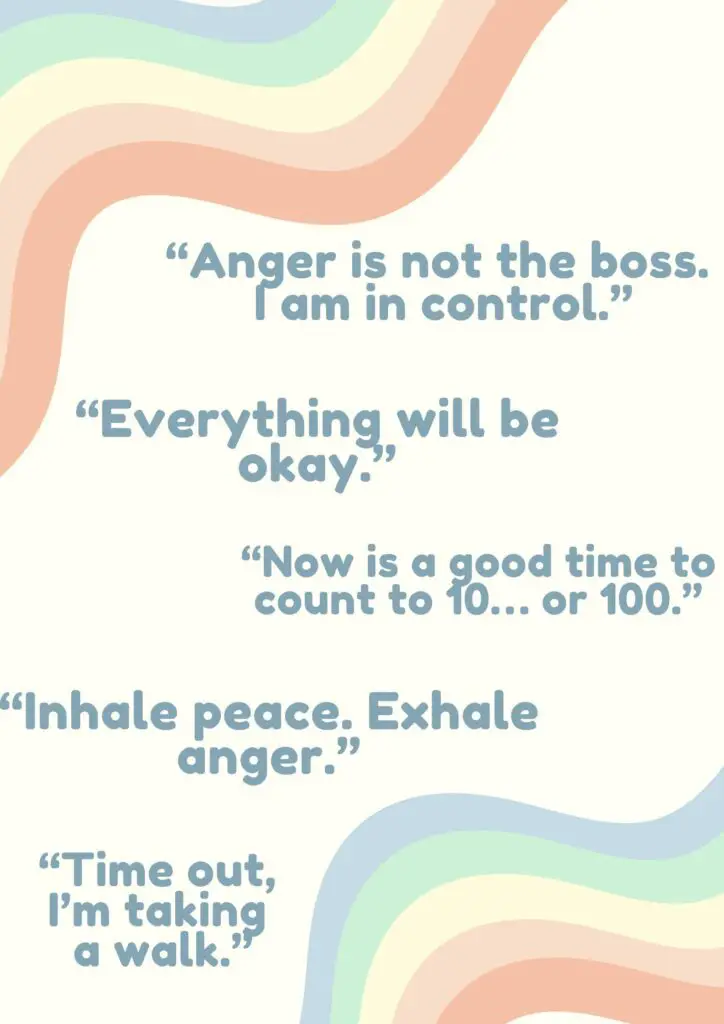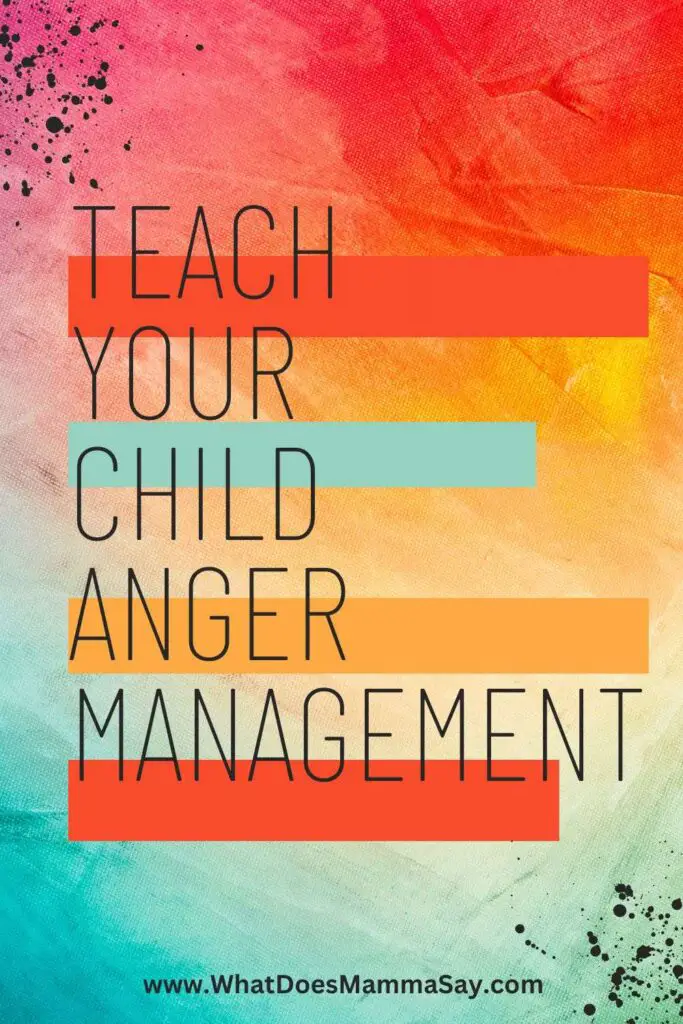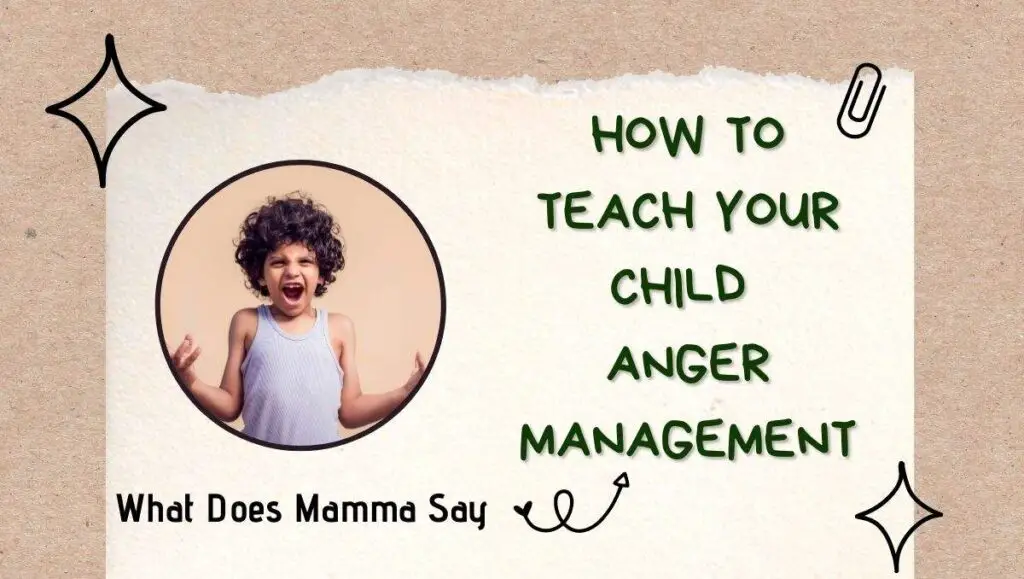“Kids who are oppositional or acting out in angry and aggressive ways often can’t explain how they’re feeling. They are overwhelmed, yet the only emotion they know how to communicate is anger.” — Tricia Goyer
The quote above perfectly explains a child’s experience with a difficult emotion such as anger. Instead of verbally communicating it, they act in inappropriate ways. They may scream, throw their toys, hit objects, and hurt others.
Unless they learn how to deal with it healthily, unmanaged anger can interfere with their learning in school and social interactions with other kids.
Being a child isn’t easy, especially when you don’t yet have the skills and experience to manage uncomfortable feelings. And this is what we’re here for as parents — to help our kids name these feelings and teach them ways to handle anger.
As a result, our kids can feel in control of their lives, connect better with others, and maintain good physical and mental health.
In this article, I’ll show you how to teach anger management to a child. But before that, let’s begin by exploring the reasons why kids get angry in the first place.
Why Is My Child Angry?
First and foremost, parents and caregivers need to understand that anger is a normal emotion. It tells us that something is not right. The American Psychological Association states that anger can also be a good thing because it motivates us to seek solutions to problems. Excessive anger, on the other hand, harms a person’s mental health.
Kids can get angry for different reasons, such as:

While these are common anger triggers, other underlying causes of anger, especially one that’s out of control, include attention deficit hyperactivity disorder (ADHD), anxiety disorders, a traumatic experience, autism, and head injuries (e.g. falling on their bike and hitting their head).
When exploring your child’s triggers, consider seeking guidance from a professional as well.
Healthy Ways for a Child to Express Anger
Start with these anger management techniques that will set them up for success later in life. These strategies involve teaching your child to become aware of their own anger triggers and exploring alternative ways to express themselves.
You may also use these anger management skills worksheets as a tool for your child to practice the strategies mentioned below.
1. Teach your child to identify anger warning signs
Visual aids, such as icons showing how anger feels in their body (e.g. trembling, sweaty palms, feeling warm in the face) will help them recognize and describe their anger more accurately. Encourage them to get these visual aids the next time they’re feeling upset to make a connection between their bodily sensations and emotions.
2. Make a “calm-down” box of their favorite items
Bubbles, stuffed animals, stress balls, a storybook, coloring materials, and a weighted blanket are some great examples of things that help kids cope during stressful moments. Each time you notice they’re feeling upset, ask them to open their calm-down box.
When building it, I would recommend including only those that are appropriate for their age and that you know they love! Better yet, build the box together while you explain how it helps them.
Be sure to place them in an area that’s easily accessible, like their nightstand. Then, they can take a pause and start thinking about positive things to do to help themselves calm down.
3. Teach them anger coping statements
It’s no secret that being positive starts with the words you tell yourself. We might think that affirmations or mantras are exclusive to adults, but children can be taught to use them as a powerful tool to shift their thoughts. Short and simple anger coping statements include:

Notice that these coping statements can also be instructions on what to do to feel better. They can count to 10, take deep breaths, and take a walk outside to clear their mind.
4. Engage in emotional intelligence activities
Emotional intelligence is a child’s ability to examine their emotions and how these affect their interactions with other people. When this is nurtured, kids develop the ability to handle disappointments better. Take, for instance, a child blowing bubbles to calm down when he might have once expressed anger by throwing a tantrum.
There’s a wide array of activities that boost your child’s emotional intelligence, such as journaling, role-playing (provide scenarios they can act out), mindfulness exercises, and reading picture books that talk about feelings and emotions.
5. Explain the consequences of anger to your child

Let your child understand what happens when they don’t keep their anger in check. Some of these consequences include conflicts with their peers, poor decision-making, and getting into legal trouble.
As a parent, it will also help to use relevant consequences. For example, if they show disrespectful behavior by breaking something, have them fix it. Taking away privileges or asking them to make up for their behavior helps them realize that uncontrolled anger has destructive results.
Final Thoughts
Anger is perfectly natural, but a child having regular emotional outbursts means that something could be wrong. If anger is getting worse, it may be best to seek help from a trained child psychiatrist or a child therapist. A thorough evaluation might reveal underlying issues.
Families can greatly benefit from teaching their little ones anger management strategies, beginning with recognizing anger when it happens. Toolkits for calming down, positive affirmations, and emotional intelligence activities are practical ways to minimize outbursts.
Last but not least, make sure to praise your child for making an effort to calm down! This will encourage them to keep trying.
Author:
Michael Vallejo
Michael is a Child & Family Therapist with a private practice in Colorado Springs, Colorado. Through Mental Health Center Kids he hopes to support other therapists, parents, teachers, and mental health professionals with visually appealing online resources to support the well-being of kids in their care.

Hi there! We are Cristina and Monica, moms, teachers and friends. Read more about us and our mission here.

